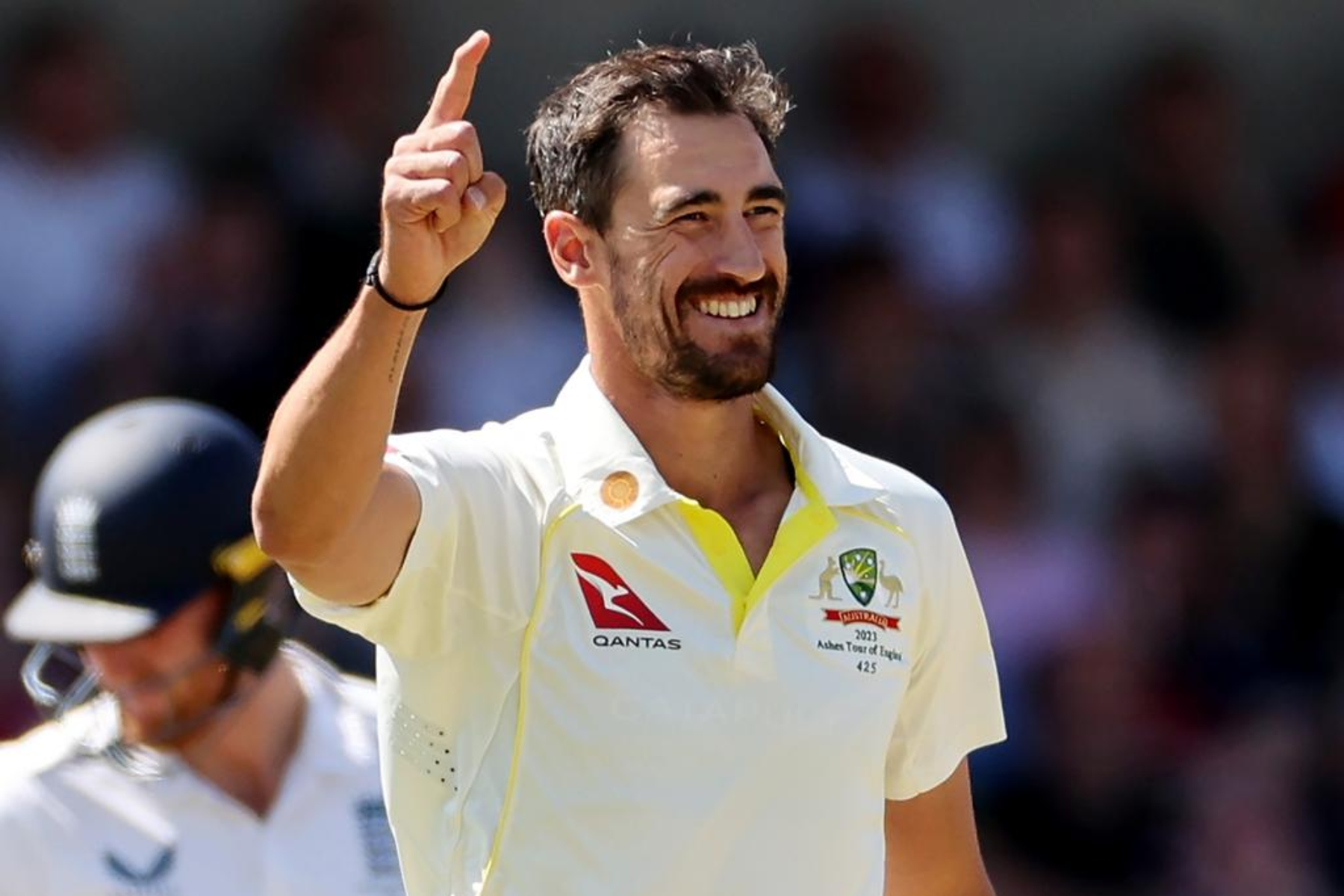Wait, SRH Struggled to Hit 150? At Wankhede?!

If you'd told me—before the match—that a batting unit like SunRisers Hyderabad, who literally flirted with 300 runs earlier this season, would huff and puff their way to 162 at Wankhede, I’d have laughed. Loudly.
I mean, this is Wankhede we're talking about. The holy land of sixes, batting carnivals, and run-fests. The pitch is usually flatter than a dosa, and bowlers often look like extras in a big-budget batting movie.
But last night? That pitch had other plans.
A Misleading Mirage: From 300 Dreams to 160 Nightmares
The chatter before the match was all about runs. Commentators, fans, fantasy players—everyone had their eyes set on a 200-plus score. SRH looked like they were carrying a bazooka in the powerplay, right?
But by the time the second over ended, even 175 looked like Everest.
There was something odd—off—about that surface. The ball wasn’t coming on. Shots weren’t timing. And suddenly, SRH’s free-flowing willow warriors looked… well, stuck.
Even Travis Head, the guy with a T20 strike rate hotter than a Mumbai summer, ended up crawling to 28 off 29. His slowest innings ever in a match where he faced more than 20 balls. Ouch.
The MI Masterstroke: Reading the Pitch Like Pros
Here’s the thing—while SRH looked confused, Mumbai Indians looked composed.
They didn’t panic. They didn’t try too much. They just… adapted. Quickly.
Hardik Pandya and his boys picked up on the pitch behavior early—especially after a few deliveries from Deepak Chahar held up awkwardly. And once they realized the ball was gripping, they went all in on a game plan:
Slower balls. Tight lines. Off-pace deliveries. Yorkers at the death.
In total, MI bowled 30 slower balls—conceding just 30 runs and picking up a wicket. Compare that to SRH, who bowled 33 slower deliveries and gave away 61 runs.
The difference? Execution. And honestly, that’s what won Mumbai the match.
Will Jacks: MI’s Secret Weapon Nobody Saw Coming
Let’s talk about a surprise hero for a second—Will Jacks.
If you blinked, you might’ve missed just how effective he was. Pandya threw him the ball strategically against SRH’s left-handers, and boy, did it work. Three overs. Just 14 runs. Two big wickets.
In a game dominated by pace and power, Jacks’ old-school off-spin was a timely throwback. Like pulling out a vintage vinyl record and realizing it still slaps.
SRH’s Late Surge: A Case of Too Little, Too Late
To be fair, SRH tried to claw back.
Heinrich Klaasen lit up the 18th over with 21 runs. Then Aniket Varma smashed 22 off the 20th. But aside from those two bursts? It was a grind. And for a team used to flying high, they were grounded hard by a well-oiled MI bowling unit.
A Tale of Two Halves: When MI Came Out to Bat…
And here’s where the real twist came in.
By the time MI started their chase, the pitch had dried up. The moisture? Gone. The ball? Skidding. Suddenly, shots were flowing, boundaries were back, and the chase looked less like a mountain and more like a morning jog.
MI paced it well, didn’t go berserk, and chased down the target with 4 wickets in hand. Smooth. Confident. Clinical.
What We Learned from This MI vs SRH Clash
- Pitch Reading Matters: Conditions can flip the script. MI read it early, SRH didn’t.
- Slower Balls Are Gold: Especially when used with precision and purpose.
- Adaptability > Firepower: SRH had the batting muscle, but MI had the brains.
- Home Advantage = Smart Advantage: MI knew their turf and used it to perfection.
FAQs: What You Might Be Wondering
Q1: Why did Wankhede behave so differently this time?
A mix of pre-match moisture and the red soil beneath the surface caused unexpected grip and slowness early on.
Q2: Was MI’s bowling really that good or did SRH underperform?
A bit of both. MI executed their slower deliveries perfectly, and SRH didn’t adapt quickly enough.
Q3: Is Travis Head out of form?
Not necessarily. It was just one of those days where conditions neutralized his strengths. Don’t count him out just yet.
Q4: Who were the standout MI players?
Will Jacks (2 wickets, economical), Hardik Pandya (great tactical captaincy), and Bumrah (as usual, nails at the death).
When Strategy Beats Spectacle
Look, we all love sixes and high-scoring thrillers. But sometimes, it’s these low-key strategic wins that remind us what cricket’s really about.
Reading the game. Reacting smart. Playing the pitch—not just the opponent.
Mumbai Indians pulled off a textbook tactical win here. And if this is the version of MI we’re going to keep seeing? The rest of the league better take notes.


